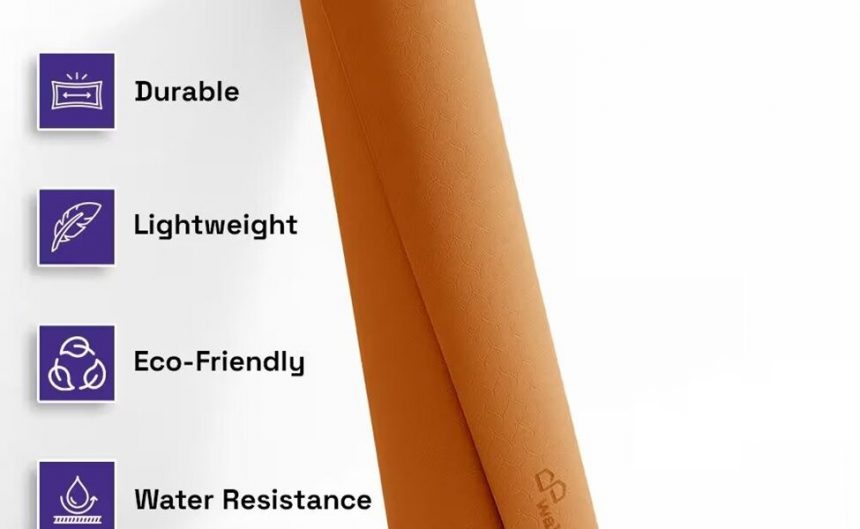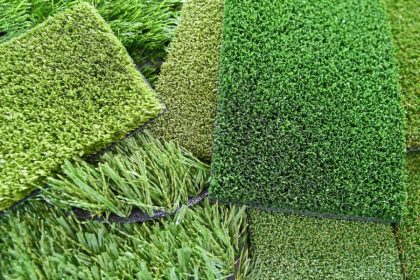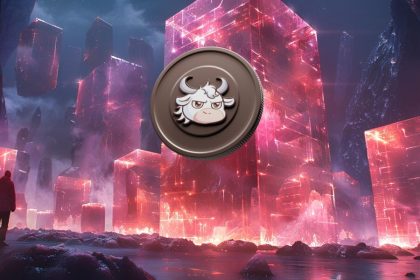Yoga mats have become an important accessory, as most yoga practitioners choose to use one while performing yoga. A few years ago, there was only one type of mat, and it was made from PVC. Just the color needed to be selected. Now, however, there are many options available. So how do you find a yoga mat that matches your preferences and needs? Use this guide to learn how to choose the right yoga mat for yourself. This will enable you to make an informed choice while trying to find a good yoga mat online, especially on websites with huge collections like Wakefit.
Why Should You Use A Yoga Mat?
Several things could happen if you attempt to practice yoga without a good yoga mat.
- Stability: Without a yoga mat, you won’t get the required grip and stability, and some poses that require balance may become more difficult.
- Comfort: Without a good yoga mat, the poses will become uncomfortable. Lying down, sitting, or kneeling becomes hard as there will be pressure or discomfort felt in the joints.
- Temperature Regulation: Yoga mats provide insulation from hot or cold surfaces. Hence, practising on a cold surface during the early morning or excessive heat transfer during the summertime can be prevented.
- Adaptability: In outdoor places, practising without a mat can be unhygienic. A yoga mat is a practical solution that’s better than a simple folded blanket.
Varieties Of Yoga Mats
There are various types of yoga mats, and these are categorized based on the following:
Materials: There are two types of materials that are commonly used in yoga mats: synthetic and natural. Each has its own weaknesses and strengths and you should choose as per your preferences and budget.
Shape and Size: Yoga mats come in many shapes and sizes. Standard yoga mats are 180 cm long and 60 cm wide. There are shorter and longer versions available. Yoga mats can also be found in many shapes, apart from the typical rectangular yoga mat. It can be oval, round or hourglass-shaped. Extra long mats are also available and are ideal for those who want a larger surface or want to use them for more than one person.
Thickness: The thickness of the mat is important as it relates to comfort, support and stability. However, a thicker yoga mat does not guarantee more comfort. It is the density of the material that determines comfort.
Factors To Consider When Choosing A Yoga Mat
When choosing a yoga mat, several crucial factors need to be considered, as they will affect the overall expectations that you will have from the mat. The following need to be factored in while selecting the yoga mat:
Thickness
What should the hardness and thickness of the yoga mat be? It varies according to the type of yoga you practice and the comfort you expect. The material you choose determines the thickness and density of the mat. If you have sensitive knees, then opt for a softer version, and if you perform challenging Asanas that need balance, choose a dense and hard yoga mat.
A standard yoga mat has about 1/8th of an inch of thickness, and the thickest is about 1/4th of an inch. There are also very thin yoga mats called travel yoga mats, which are 1/16th of an inch. They are lightweight and fold easily. When buying an exercise mat for yoga, consider the available space to stow it and, also, if you need portability. If you like padding, opt for a standard mat, and if you prefer more cushion and don’t mind carrying weight, then a ¼ of the inch premium yoga mat is best.
Material
This is another important factor to consider. The most common choice of material for yoga mats is PVC (vinyl). However, there are newer and more eco-friendly options available, like TPE, which is recycled rubber. The main advantage of this material is that it is easy to carry and lightweight. They are soft on the joints. They are close-celled which means they do not absorb sweat and are hence more hygienic. Since they are made from high-grade materials, these mats are durable and have a longer shelf life. Plus, these mats are affordable and come in many different models and colors.
Texture
The texture of the mat determines the traction it provides. That means texture affects how much sliding and slipping you do. It provides barriers to sliding, and since it also affects how the mat feels, it also determines the overall comfort. If your mat has a bumpy texture, then it can be uncomfortable when you perform certain poses like the Savasana. Materials like jute have a natural roughness, while TPE yoga mats have a soft feel and are slightly textured. Irrespective of the texture you prefer, the best yoga mat is the one that prevents slipping. Also, look for a texture that provides you with a grip, no matter how vigorous or sweaty your practice gets.
Price Range
The yoga mat price ultimately depends on the patterns, designs, thickness, texture, and material used. Eco-friendly mats are more expensive. The standard ⅛ inch yoga mat is affordably priced.
Style
Once you have narrowed down your choices based on the thickness, texture, material and price of the yoga mat, the only thing left to choose is style. Go ahead and choose your favorite print, color and pattern. After all, you will be using it every day!
Do Yoga For Health
Yoga is a holistic practice that can be performed both indoors and outdoors. Use a good quality yoga mat to derive the maximum health benefits of yoga!








